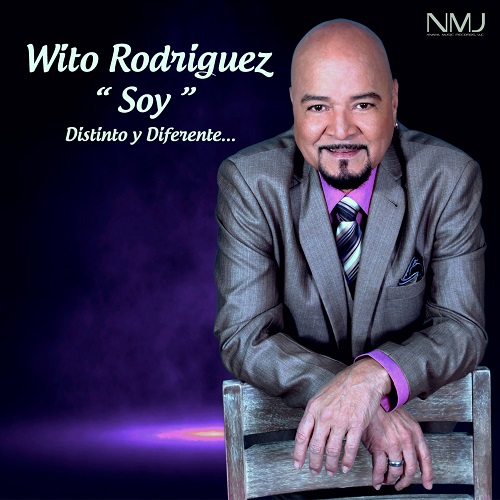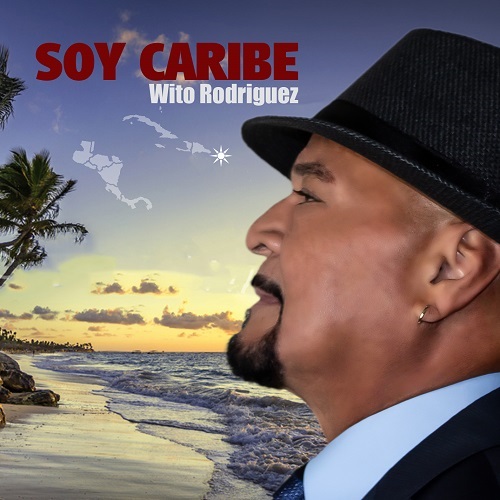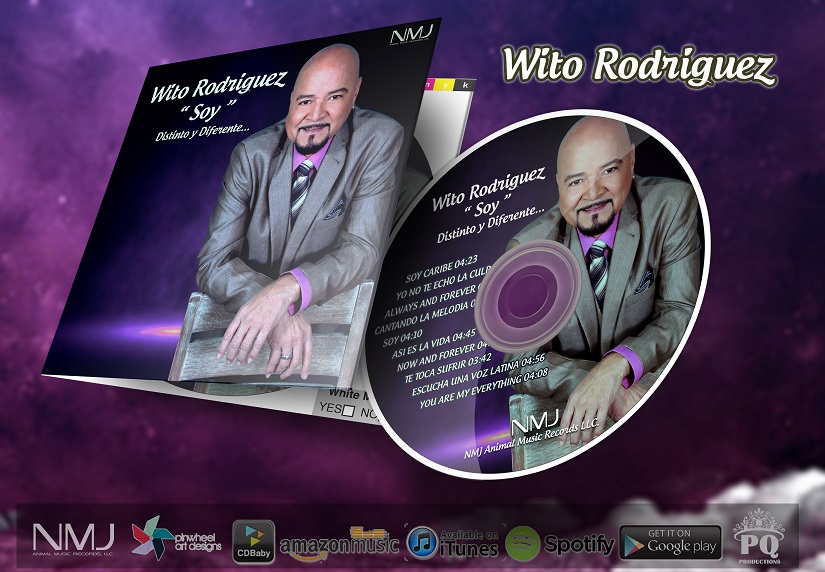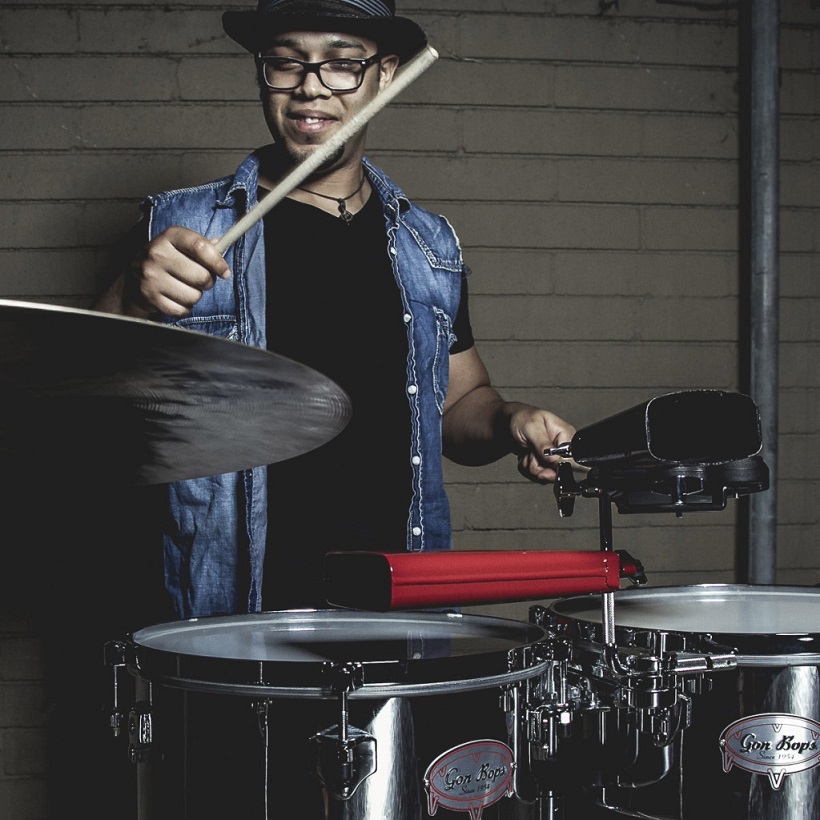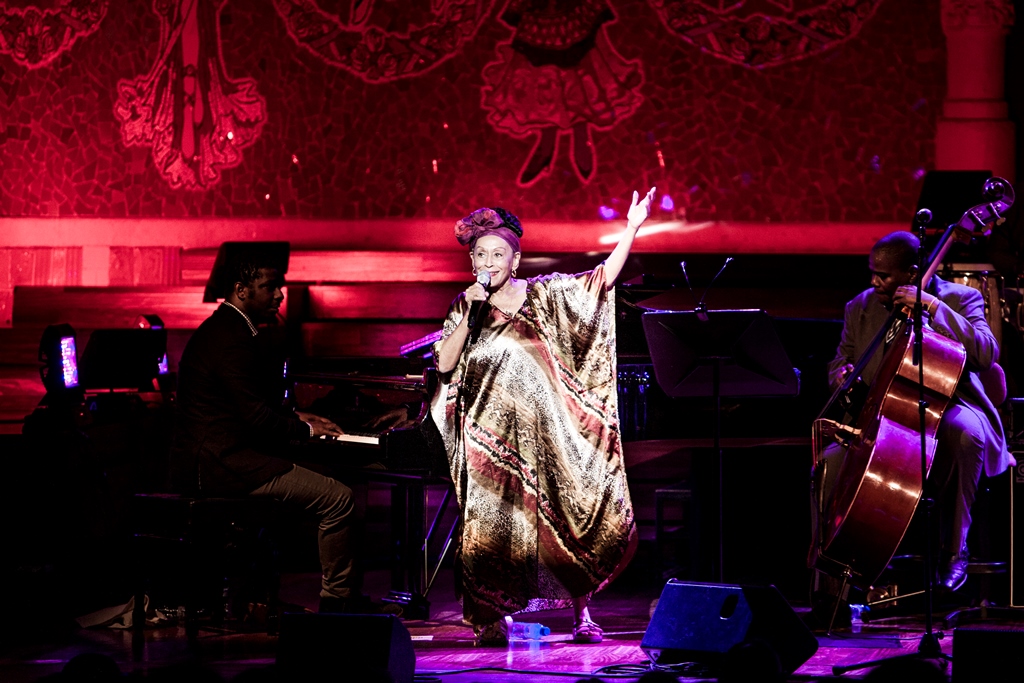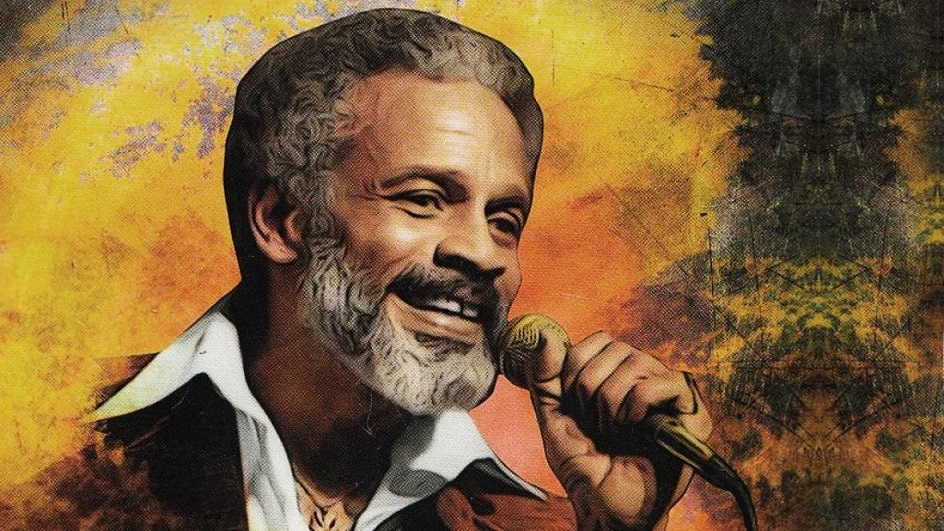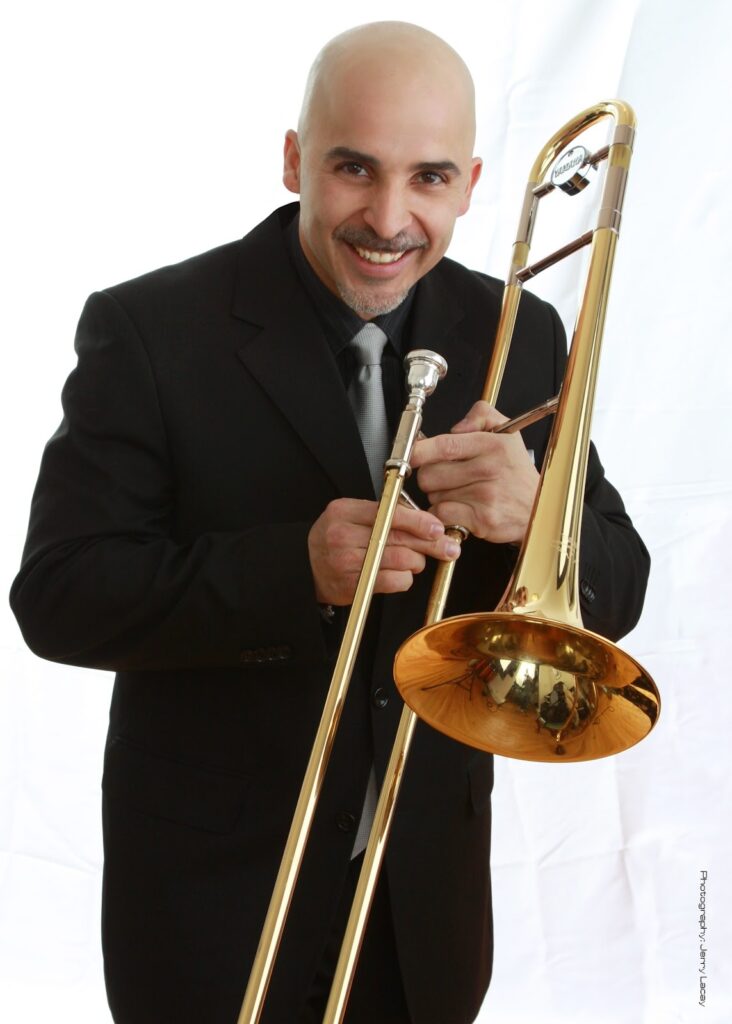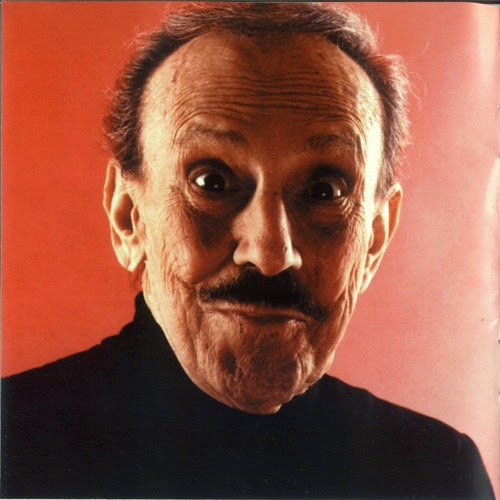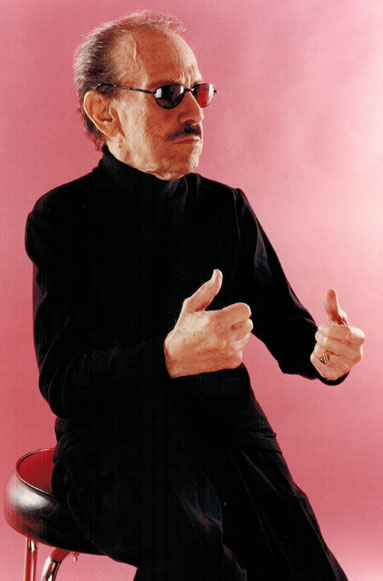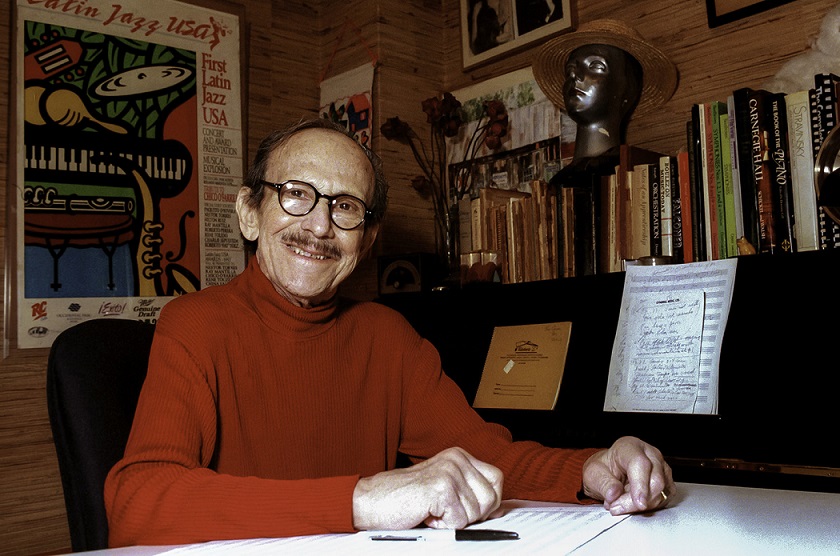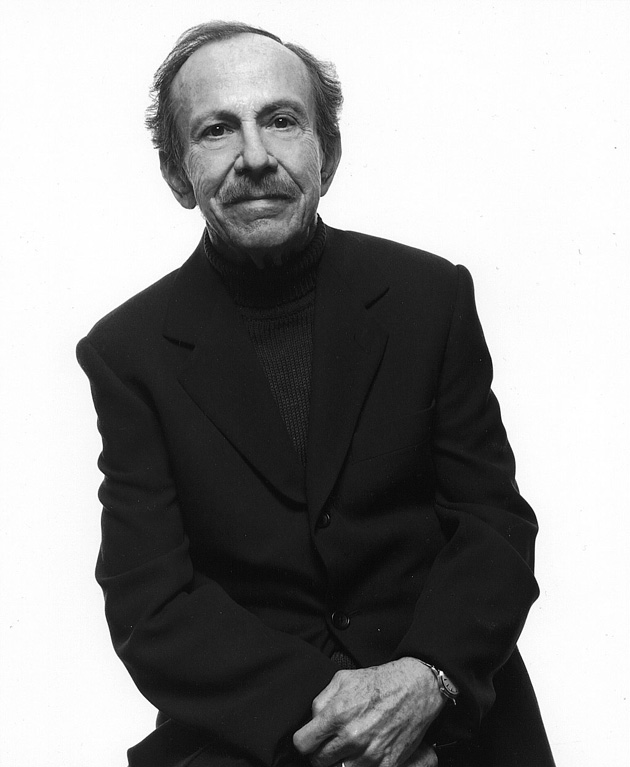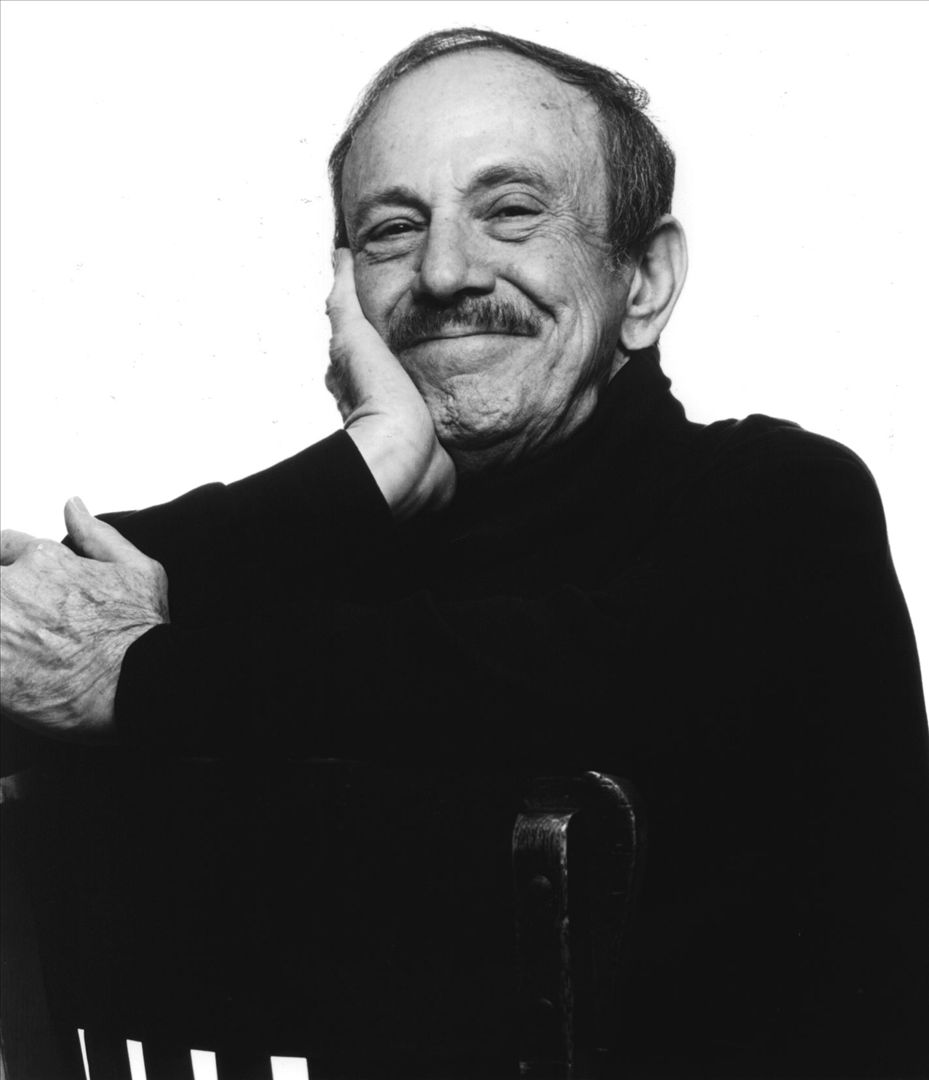North America/ United State / California
Francisca’s. An Italian-Venezuelan Restaurant with Trendy Style
For several years Francisca’s has been in the heart of the Mission district in the San Francisco city. Its peculiar style and the combination of European and South American foods make it one of the trendiest restaurants nowadays.
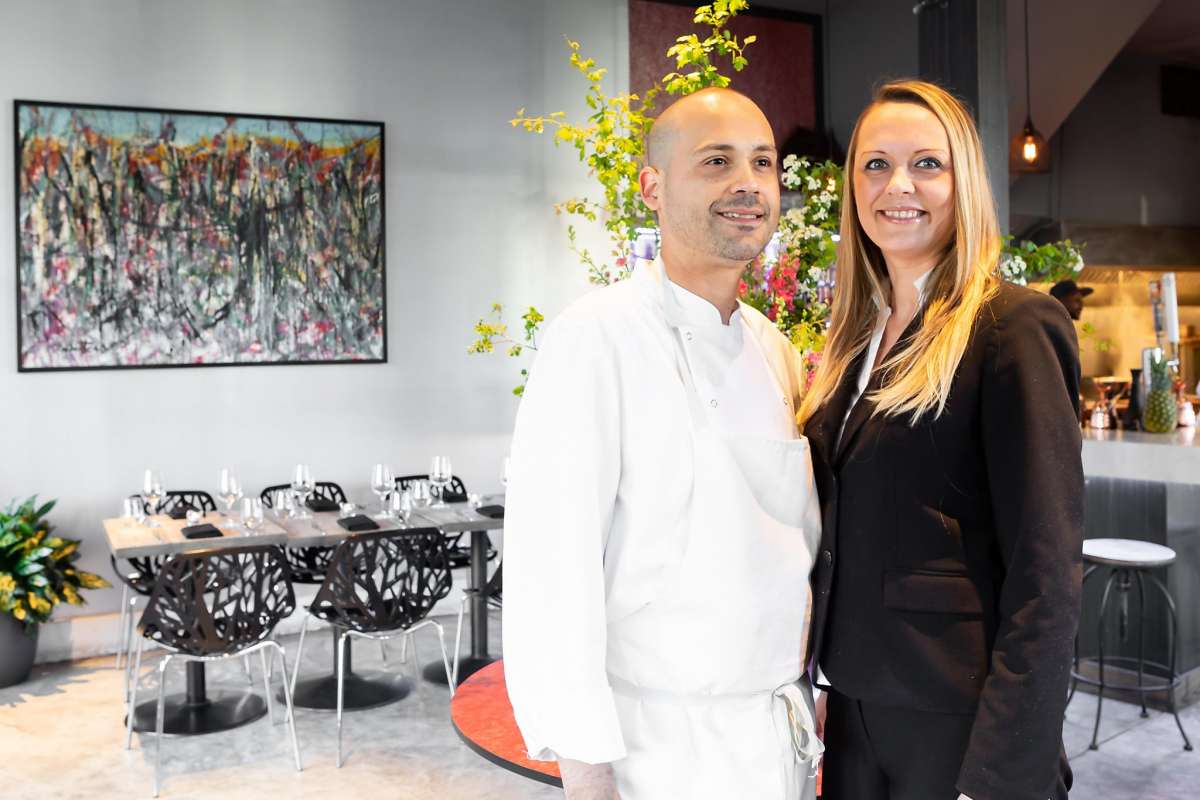
The owners: Manny and Katherine, whose partnership between them is revealing and innovative, it creates an atmosphere of hospitality with personalized attention that projects the value and story of each of the dishes that stand out in its menu.
Manny, a tireless Venezuelan chef with wide experience prepares each different dish daily in his tasting menu that you can try for $39 and if the whole table participates you pay $65. This menu is based on four-courses that this culinary art enthusiast prepares, undeniable, with a lot of dedication, imagination, and skill that have allowed Francisca’s to be positioned as one of the sure destinations to visit in San Francisco when delighting the most demanding palates is the point.

Although his first and powerfully popular restaurant was Mr. Pollo in 2010, it’s Francisca’s that has managed to surface this new trend of mixing Italian foods with traditional Venezuelan ingredients. It’s for that we can find in this restaurant seductive and hypnotic dishes such as Plantain Lasagna (Dish of greater receptivity) and Yuca Gnocchi. While the traditional Venezuelan breakfast “Arepas” is always present in the recommendations of Manny and Katherine for their visitors.
Francisca’s is attended by around 30 people daily to taste an affordable price the visual show of artistic decoration to make things more beautiful and then eat them. In addition to not being able to resist their cocktails duly identified with the origin country.

This restaurant with the inspiration of high cuisine, unique concept and mixture of sounds typical of a famous place for the quality of its food with fresh ingredients purchased directly at the San Francisco’s farmers market (Ferry Building) keeps alive the spirit of Latin American cuisine within of the trends recipes of European cuisine.
“Being a chef for me is everything.” Manny Torres
History
The ingenious idea of putting a woman’s name on the restaurant was Manny. Francisca is the name of his grandmother and his main influence to dedicate to the fascinating world of culinary art. She taught him the true value of obtaining fresh ingredients in the farmers market, as well as making him aware of the true importance and passion for hospitality.
But, let’s go a few years back. Before Francisca’s, Manny had four restaurants, one of them was “The Palace”, which had a considerable number of loyal visitors, however, a raging fire destroyed the venue in 2015. Nonetheless, Manny reopened this space after a complete remodeling and having undergone the corresponding inspections, and we know it as Francisca’s now.
For some time, Manny and Katherine were traveling on two continents. They visited countries such as Aruba, France, Spain, and Italy. And Eureka! From there derived his inspiration for the creation of his exotic and exquisite dishes. After him seeing a different perspective of the kitchen and its formulas for the preparation of the recipes, Manny obtained the main ingredient for the preparation of his Menu in Francisca’s; he had the creativity to make the perfect and successful combination in all his meals.
“In the United States, European food is cooked with so many rules. There are rules for everything. In Europe, there aren’t rules. No one follows the rules and it’s more relaxed”, Manny told an American digital media.
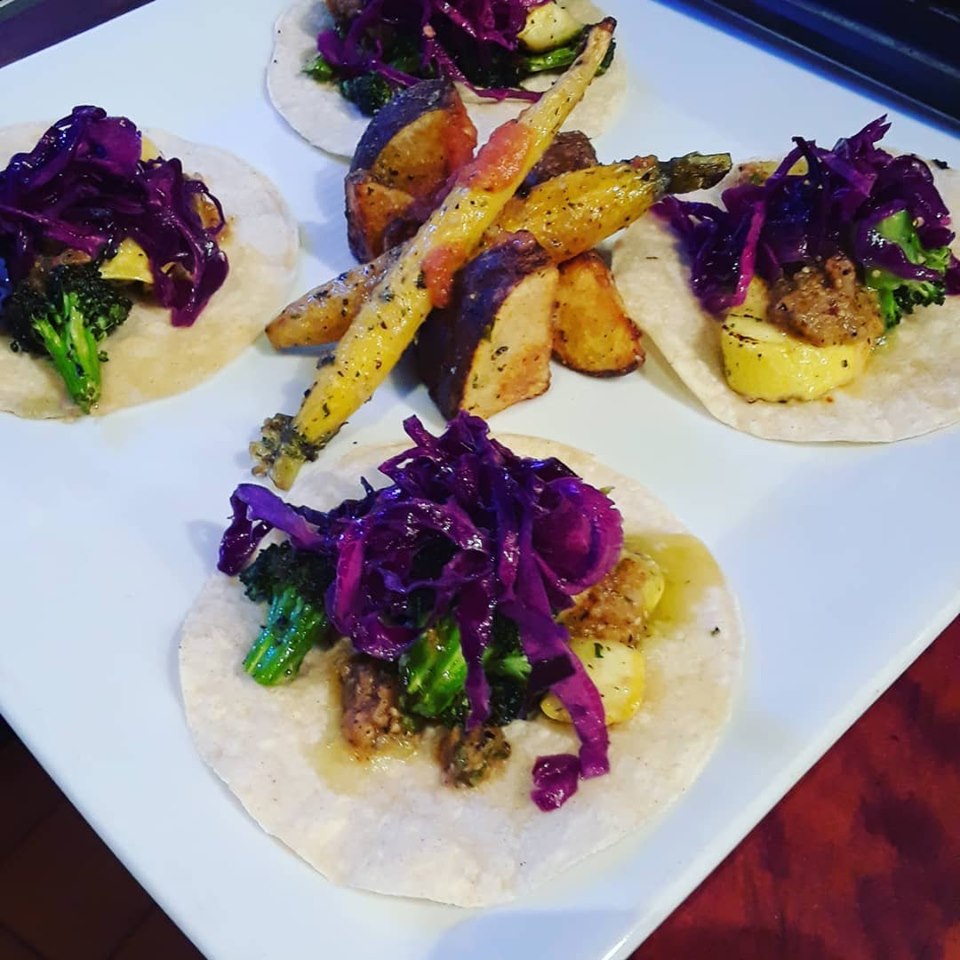
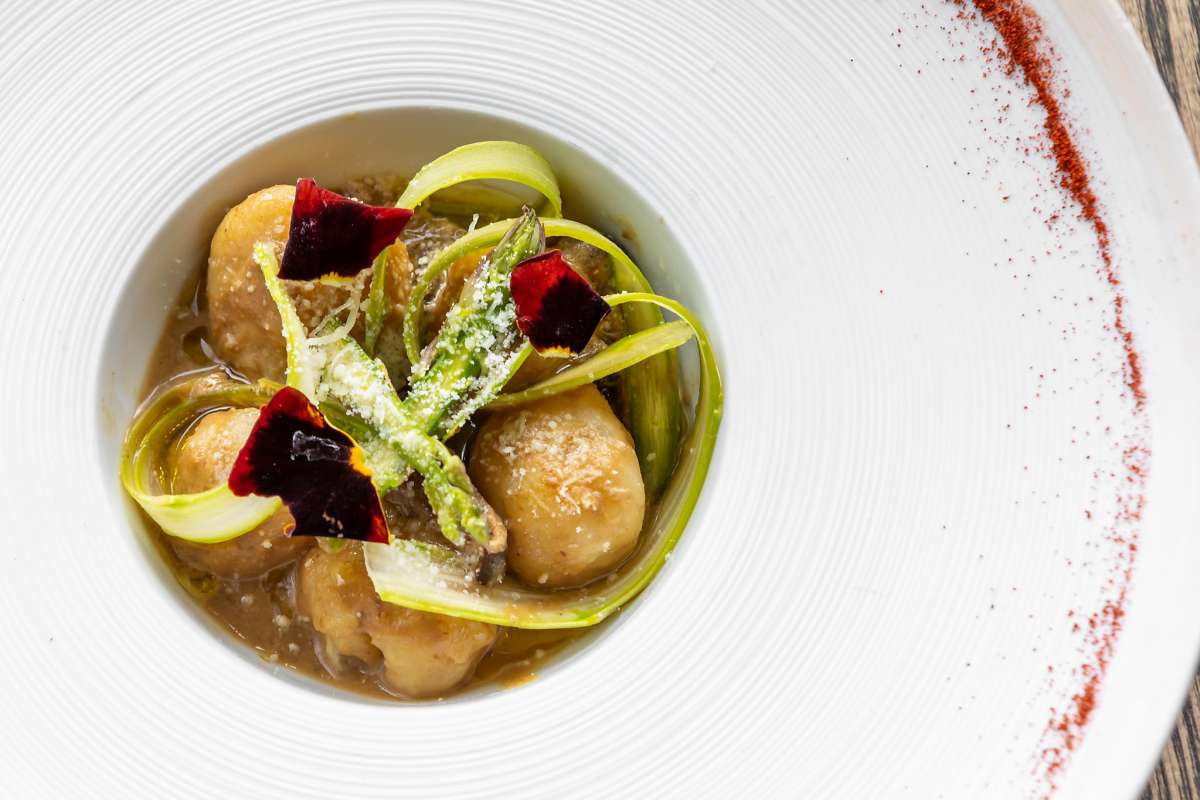
Venue: 3047 Mission Street, San Francisco, CA 94110
Contact: 415.374.5747
Francisca´s opens:
Tuesday – Saturday Dinner: 5:30pm-10:00pm
Saturday Vegetarian Brunch: 10:30am -3:30pm
Sunday Regular Brunch: 10:30am-3:30pm
Manny’s Curiosities:
- He studied at the Engineering School in Columbus, Ohio.
- He arrived in the U.S. in 2001.
- The names of Manny’s four restaurants are: Mr. Pollo, Roxy’s Cafe, The Palace, and Coco Frio.
- He loves washing
4-course Tasting Menu:
First course: Soup or Salad
Second course: Appetizer or Pasta
Third course: Entree Protein-based, Vegetarian or Pescetarian dish
Fourth course: Dessert
Francisca´s Offers:
- Capacity: Max seated: 29 people/ Max standing: 75 people
- Noise Level: Moderately High
- Accessibility: gender-neutral bathrooms
- What to ask for: Arepas, Yuca Crispy, Tasting menu (without everyone at the table needing to participate), Plantain Lasagna and Yuca Gnocchi
- Vegetarian Options: Three appetizers and tacos of vegetables available
- Drinks: a full bar with wines available to buy
- Reservations can be made
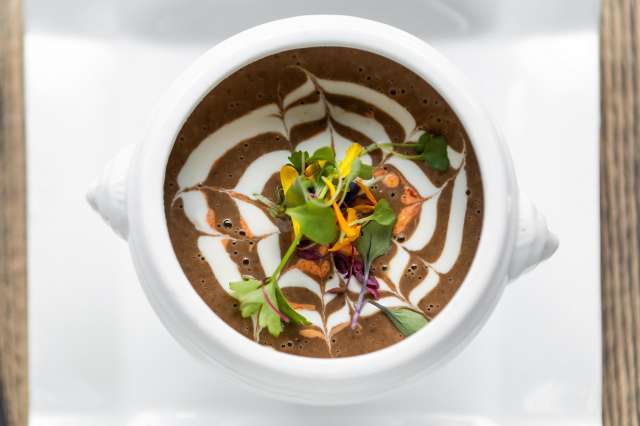
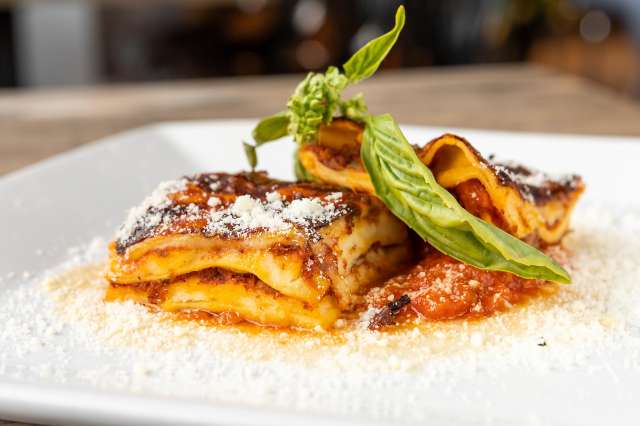

For more information, please visit: https://www.FRANCISCASSF.com/
SOCIAL CHANNEL: https://www.facebook.com/FRANCISCASSF/
